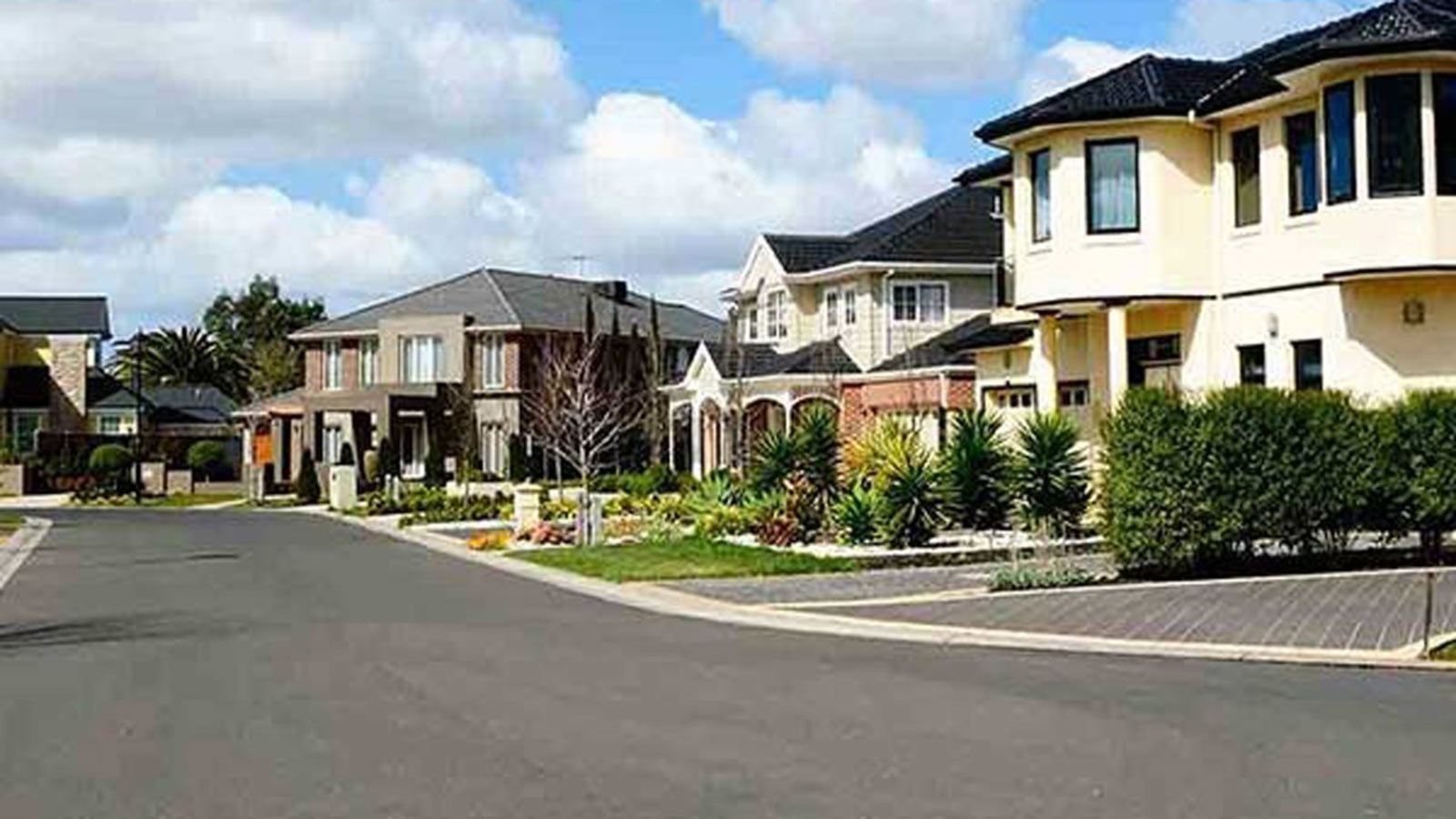Landchecker is an interactive property search hub that makes finding land and property information simple when you’re looking to buy, develop or renovate. Their property data is trusted and used by thousands of property professionals such as valuers and town planners every day.
Buying a property is one of the biggest investments you’ll ever make, and there are several factors that may impact the value of a property you’re looking to purchase, so it’s important to have all the facts before you sign on the dotted line, to make your buying decision with confidence.
Landchecker enables you to take control by providing information that’s invaluable when you’re choosing a house or an area to live or invest in. Our roots with advocacy are aligned with their mission to make information available and easy to understand in the best interests of homebuyers.


